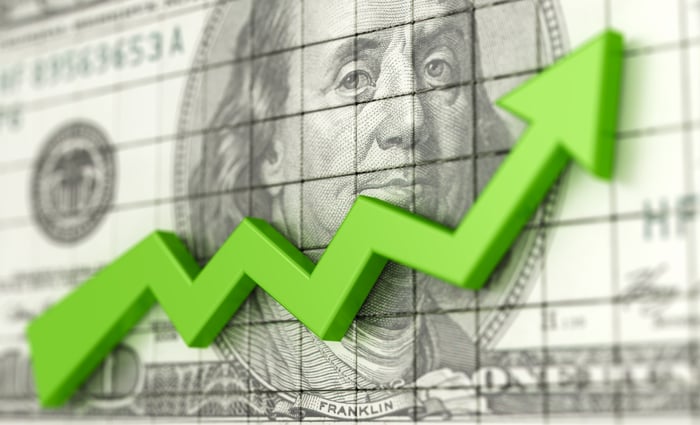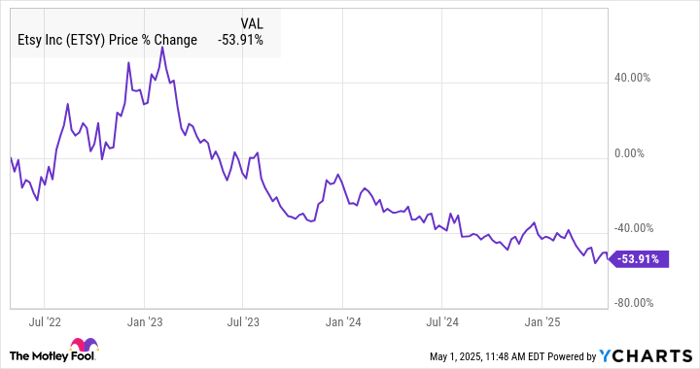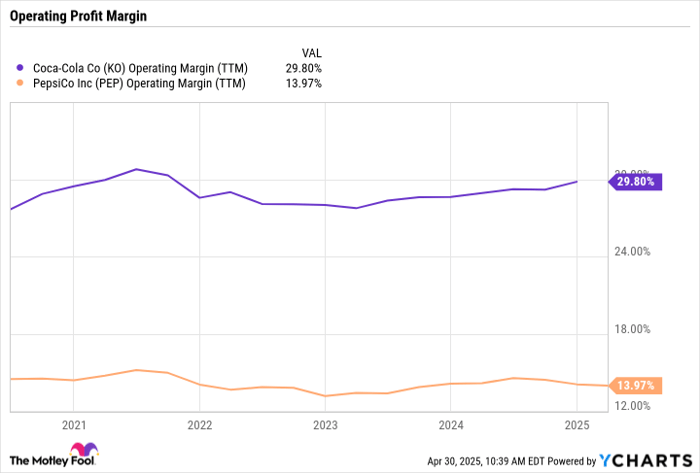Tesla’s Stock Decline: Financial Challenges and Future Prospects
Tesla (NASDAQ: TSLA) has experienced a significant 30% drop in its stock price year-to-date, attributed to disappointing financial results and falling market share. This decline positions Tesla among the worst performers in the S&P 500 (SNPINDEX: ^GSPC). Despite these setbacks, CEO Elon Musk maintains his optimistic outlook for the company.
- Musk asserted during the fourth-quarter earnings call for 2024, “I see a path for Tesla being the most valuable company in the world by far. There is a path where Tesla is worth more than the next top five companies combined.”
- Similarly, during the first quarter earnings call for 2025, he reiterated, “I think Tesla will be the most valuable company in the world by far. It may be as valuable as the next five companies combined.”
The five largest companies—Apple, Microsoft, Nvidia, Amazon, and Alphabet—had a combined valuation of nearly $15 trillion at the time Musk made these statements. This indicates a potential 17-fold return from Tesla’s current market value of $879 billion, suggesting that a $50,000 investment in Tesla today could grow to $850,000 in the future.
Recent Financial Performance and Musk’s Vision
Earlier this month, Tesla reported a 13% decrease in first-quarter vehicle deliveries, totaling 336,681, marking the lowest number in three years. These figures contributed to disappointing financial results, with revenues dropping 9% to $19.3 billion, operating margins reaching a six-year low, and non-GAAP net income declining by 40% to $0.27 per share.
Due to uncertainties from changing U.S. trade policies, Tesla refrained from offering guidance. However, during the quarterly earnings call, Elon Musk provided some positive updates, stating plans to launch an autonomous ride-sharing service (robotaxi) in Austin by June and announcing the potential deployment of thousands of autonomous robots in its factories this year.
Musk’s optimism appears closely tied to advancements in autonomous vehicles and humanoid robots, which he believes are key to Tesla’s future success.

Image source: Getty Images.
Market Landscape for Autonomous Ride-Sharing Services
Currently, Alphabet’s Waymo leads the autonomous ride-sharing market, offering over 250,000 rides weekly across major U.S. cities with plans to expand further. However, Tesla may quickly catch up due to its notable advantages.
Firstly, Tesla operates a larger fleet of camera-equipped vehicles, providing extensive data for training its artificial intelligence (AI) models that support its full self-driving (FSD) software. Secondly, while Waymo employs an expensive combination of cameras, radar, and lidar, Tesla’s strategy relies solely on computer vision.
This approach not only reduces costs—Waymo’s sensor equipment can reach $100,000 per vehicle, while Tesla estimates costs for its Cybercabs at under $30,000—but it also enhances scalability. Waymo’s reliance on detailed mapping presents challenges for implementation compared to Tesla’s broader deployment capabilities with FSD once perfected.
Musk believes Tesla could dominate the market, projecting a 99% share in autonomous ride-sharing. “I don’t see anyone being able to compete with Tesla at present,” he said during the most recent earnings call. He anticipates that robotaxis will have a significant financial impact on the company by next year.
Analyst Adam Jonas from Morgan Stanley projects that Tesla could have 900,000 robotaxis operational by 2035, each generating approximately $93,800 in revenue. This suggests total revenues exceeding $84 billion, with potential profits reaching $17 billion, and possibly exceeding $120 billion by 2040.
Assessing Tesla’s Current Stock Valuation
Wall Street analysts predict Tesla’s adjusted earnings will grow by 15% annually through 2026. This consensus implies that its current valuation of 130 times adjusted earnings may seem excessively high, especially considering Tesla has missed consensus estimates by an average of 7% over the past four quarters, according to LSEG.
Nonetheless, significant opportunities exist with autonomous driving and humanoid robots. Morgan Stanley notes that if Tesla can effectively capture these markets, its revenue could increase at 20% annually for the next two decades. This indicates potential for accelerated earnings growth, particularly as robotaxis and robots are expected to yield higher margins than traditional electric vehicles. In this context, the current valuation may appear more justified in retrospect.
In summary, Tesla’s stock presents a complex investment. Investors lacking confidence in Musk’s ambitious vision may want to look elsewhere for opportunities. However, those who believe Tesla can revolutionize the global mobility and labor markets through autonomous vehicles and robots should consider maintaining a position in the stock.
The views and opinions expressed herein are those of the author and do not necessarily reflect those of Nasdaq, Inc.


